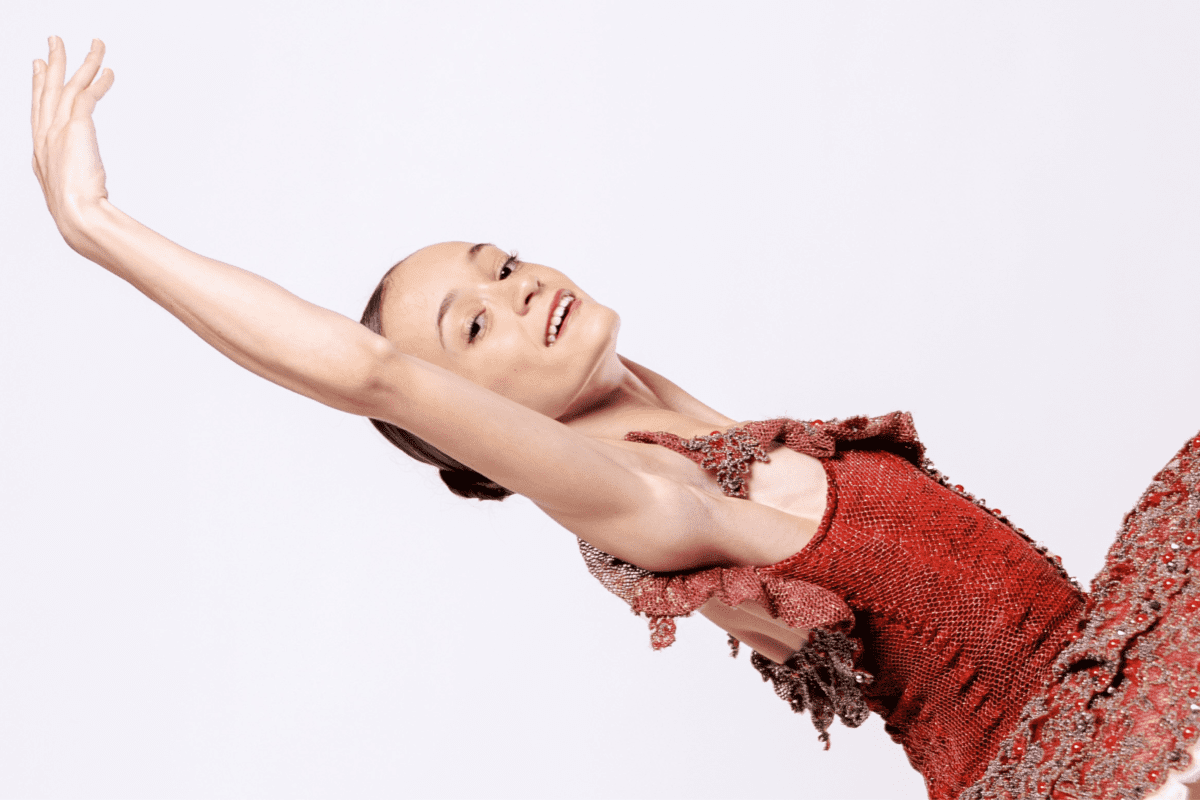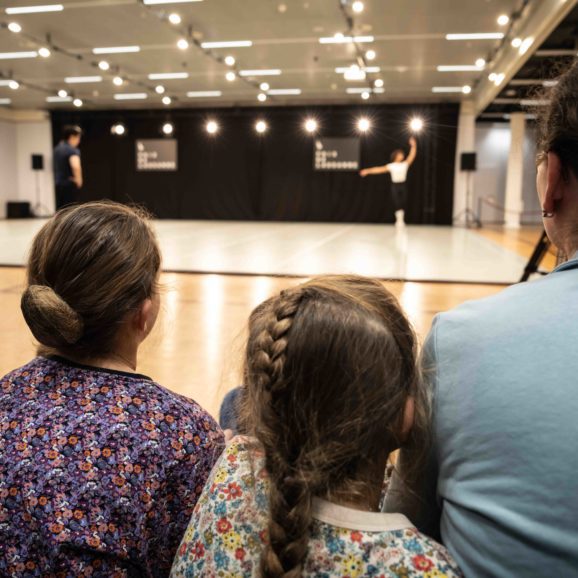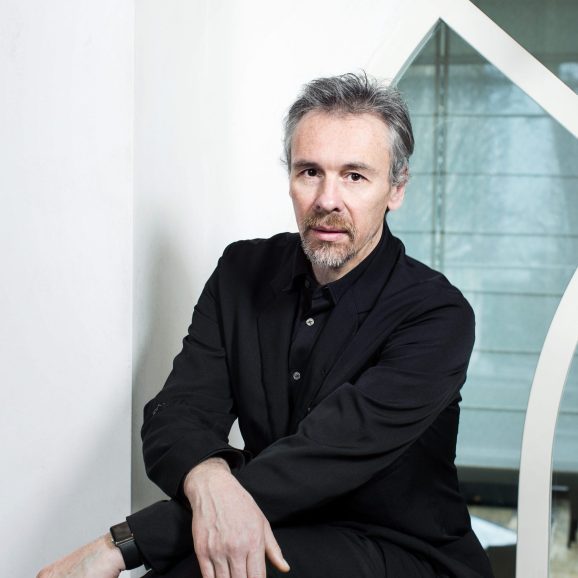30 Jan 2017
Today’s blog post is for the followers of the Prix de Lausanne,
Absorbing the moving, vibrant, but quiet excitement this morning, the atmosphere has been interesting to observe as the candidates took part of their first day of classes. Compared to physically practicing dance in my daily studies, I am grateful to share that I have the privilege of sitting on the other side of the spectrum at the Prix de Lausanne this week. After observing a contemporary and classical class before lunch, I was impressed by the skills presented. In immense ways, the training and technique that is familiar to the candidates, was shared through control, articulation, range, and expression. With 17 different nationalities, it was stimulating and inspiring to observe the diversity of how the dancers through their own approaches trusted their instincts and capacities. Even though they are all different and unique, several qualitative methods of movement execution and focus were so similar that they could have trained together at some point in the past.
However, with such knowledge about themselves in their training and their potential to highly succeed as professionals, I noticed an overarching theme in regards to familiarity. Immersed in a new and unfamiliar environment, I became interested in the challenges some candidates dealt with concerning how to purely and individually adapt to the material presented. Since people adjust momentarily to their surroundings through many behavioral and developmental aspects, this was an educational example of how aspiring artists deal with the unknown. Despite their reactions, the candidates` nerves were handled in a mature, professional, and subtle manner and most of them were highly aware and concerned about the external events and the people around them. Having had similar experiences, I understand how the communicative importance of the art form can reflect enhanced focus on creating what outward expectations often wish for. Therefore, after reflecting upon what we could do to prepare our mind and body awareness in a more internal and true way from the beginning, some questions evolved. How can we center our focus on our presence for the purpose of the content in a better way? How can we find the balance between maintaining a strong sense of confidence and self while remaining open, ready to respond through action, and willing to be flexible with new information?
Some of the vital elements to consider in dance are the driving forces such as initiation, breath, momentum, weight, alignment, opposition, and dynamic musical phrasing. When these qualities are not taken into consideration in the personal preparation for dance, they tend to dissipate. In addition, since it often takes more than twice to be able to execute movement in an authentic way for myself and others in the field, these aspects become vital to truly understand. In class and rehearsal, I also encourage finding moments to see beyond the material provided to share the incredible efficiencies of the full-ranged and expansive body engagement in space that the candidates of this year have.
Sincerely,



